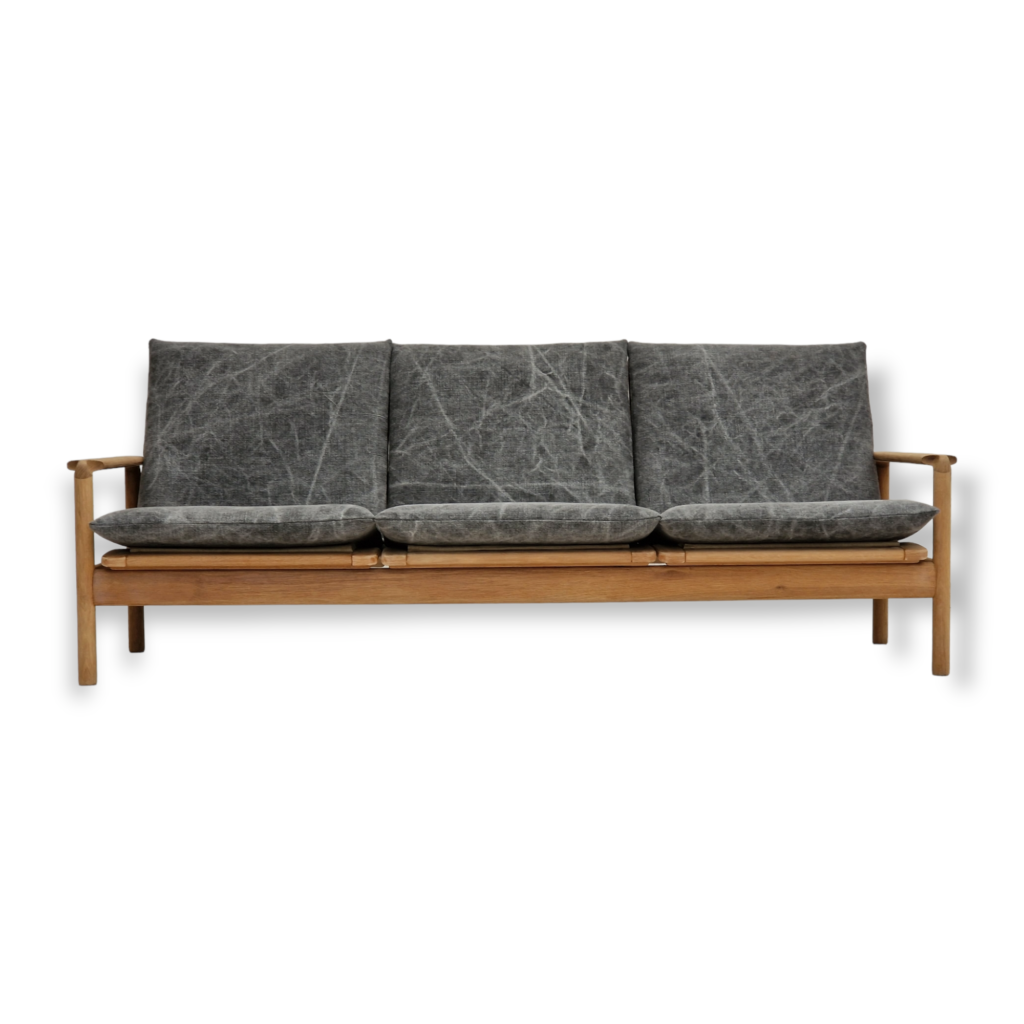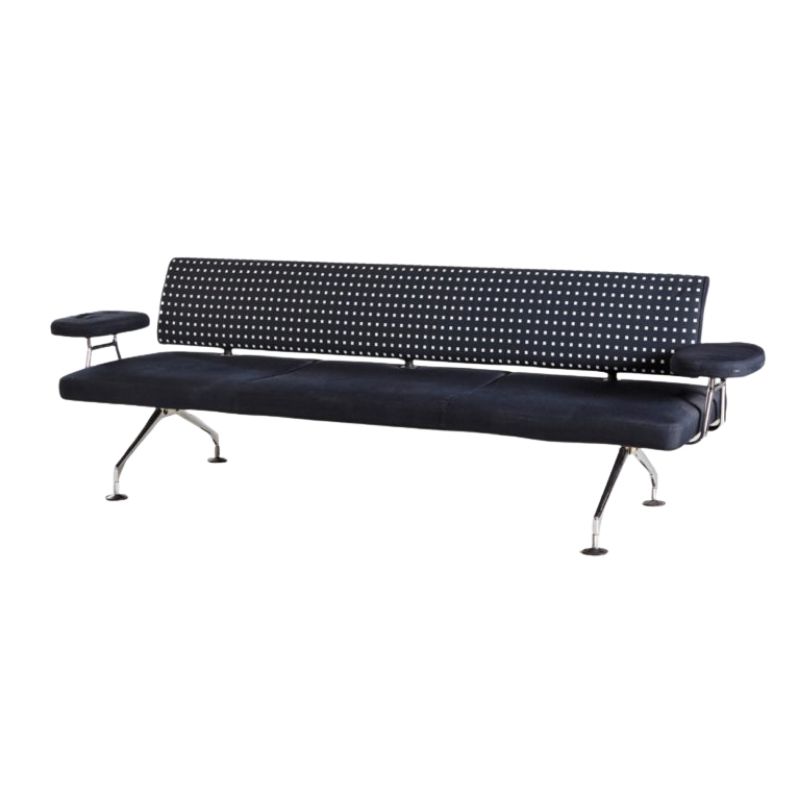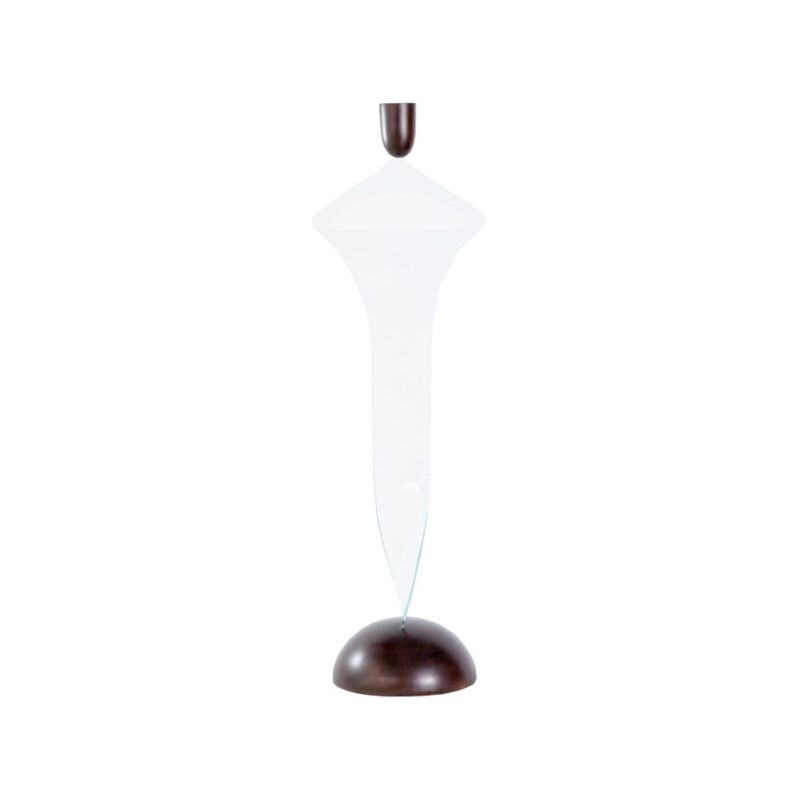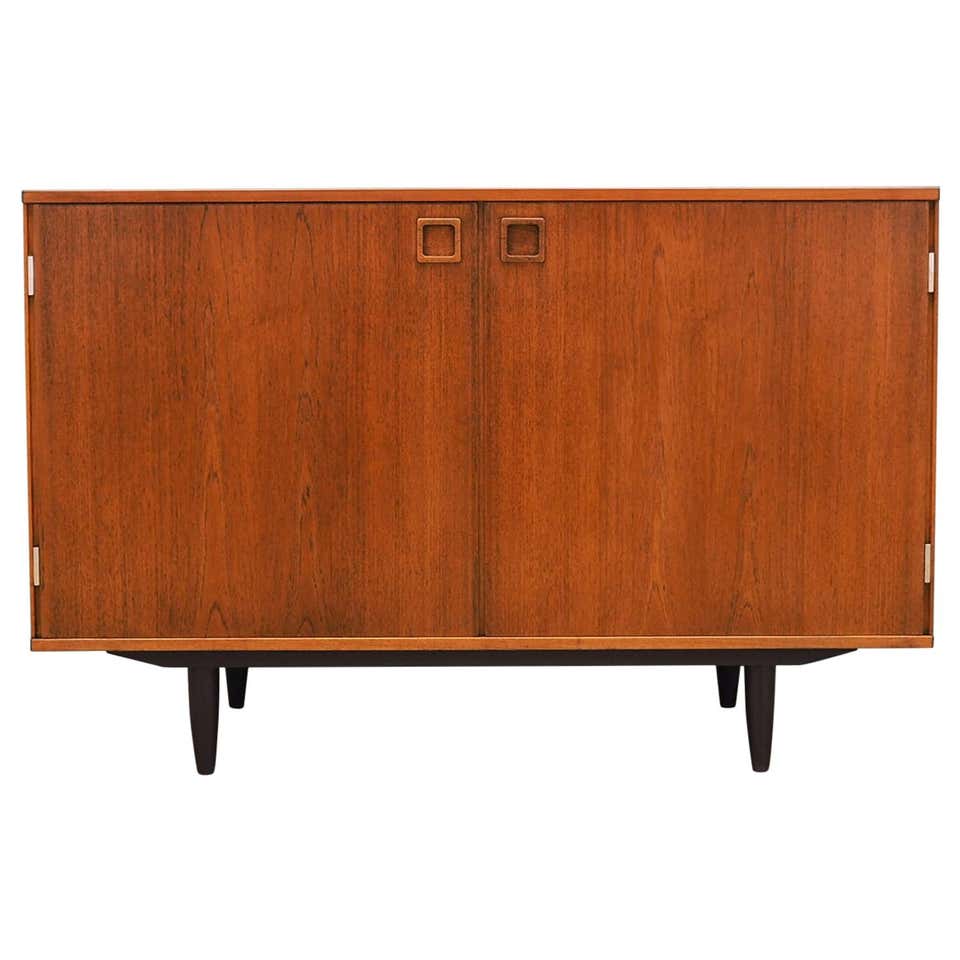Hey there, DAs. I have an antique dealer friend who decided to get rid of a bunch of stuff. One thing which turned out to be an original Peter Protzmann desk for Herman Miller.
There is one thing though that needs attention that I want advice on before I tackle it. At some point a hot glue gun was set on the top resulting in a three inch by ten inch splattering of dried wax, with one little piece of ceramic stuck on.
Any advice on getting this off without hurting the beautiful wood?
Lastly, as I sit here at the desk typing this I have discovered that this desk is substantially lower than my last. Not only will my Pollock chair not fit under it with the arms, but my legs are also cramped against the underside of the drawer!
Anyone else have this problem? I love my desk chair. DO I need to find another lower one, or would you find a way to raise the desk? Amazingly from the bottom of the desk to the floor is only 22 inches! The top of the desk is about 26.5 inches high.
Thanks! 

I bet the desk was intended...
I bet the desk was intended for typewriter use. I'm old enough to remember that typewriters had to be on a lower surface than a conventional desk since the keys were higher than on a computer keyboard [eta: lower than modern computer desks, too]. You young whippersnappers were born too late to larn that kinda thang. (Though that does not explain why your knees hit the draw. Maybe you have long lower legs?)
As for the gunk on it--you said hot glue but then you called it wax...? Either way, I'd try putting a cold pack on it, then gently chipping it off with a credit card or something similar. Put a plastic bag between the cold pack and the wood just to keep any dampness from harming the finish.
That is very odd
I've had the Protzman desk before and seen many others. I think they were all conventional desk height (around 29 inches high). It looks like the typical double pedestal desk but maybe they made a secretary version which (like spanky pointed out) would have been lover to accommodate a typewriter. They made a matching credenza as well which was lower than the desk.
Despite what others might claim the wood on the surface is not zebra wood or some other exotic species. It's actually cross cut veneer which is very cool, and I could tell you how it's made, but it would take a while to explain and I've had a long day and am tired.
That doesn't look like hot glue to me.
Instead, it looks like a bottle of something was left on its side and leaked out glueing the cap to the desk. If you can't dent the stuff with your thumbnail, it's not hot glue. Try some warm water and a cotton swab for a few minutes on a small area and see if it softens or turns a milky color.
I was told hot glue, but I am...
I was told hot glue, but I am only taking the original owners word for it. That was when I got the thing, beforehand he said wax.
WOuld the ice pack idea work fir either of these, knowing that the exact substance is in question?
Ideas for raising it 4 inches elegantly without altering the piece? thought about maybe cutting a two by four to the exact dimensions of the legs, maybe even slightly smaller and painting black to set it on... maybe using rubber furniture pads to keep it on.
A little water
won't hurt a finished wood surface, as long as it is dried thoroughly as soon as the experiment is done. That said, it seems unlikely that the spilled substance is water-soluble. I'd proceed, after trying the water test, to mineral spirits -- which would immediately begin to attack wax while leaving ordinary furniture finishes untouched. If mineral spirits ("paint thinner") moves the substance, clean-up should be relatively easy. I'd consider mechanically removing the bulk of the substance, then proceeding to melt the remainder with spirits and clean rags.
Only if that is unsuccessful would I try temperature-modification therapy (how about them apples !).
Are there feet or glides drilled through the bottom of the steel legs ? If so, these could be attachment points for risers of black-painted or stained wood. Maybe a 2x4 on edge, cut almost as long as the depth of the leg frame, then shaped to the radius of the bend at each end so the frame nestles a bit into its new "cradle" ?
If it is wax or hot-melt adhesive,
I'd probably try mechanical means first, as SDR suggested. Scraping with the edge of a credit card, plastic cooking spatula or, if one is daring, a fine-edged flexible putty knife. It seems like cold would tend to make the spilled residue harder. I'd be tempted to go the other way and try gentle heat, like just a little warming with a hair dryer, to see if that might soften it.
Any time you start getting into solvents, or even water, it's good practice to try very small tests on inconspicuous surfaces to see what might happen. Sometimes, simply blotting away a drop left for just a few seconds with a clean, dry cotton ball can tell you a lot.
gentle heat
I am thinking this is the way to go. This morning I set my cup of coffee on part of the spot just to see what would happen. This was the thinner, less gloppy part. But after just a few minutes I was able to peel a nice lil section up with my hand. I'm thinking the hair dryer on low.
It does leave little sticky "crumbs" and a little residue. DO you think GOO GONE would be a no no for this last step?
If you need any help, please contact us at – info@designaddict.com









